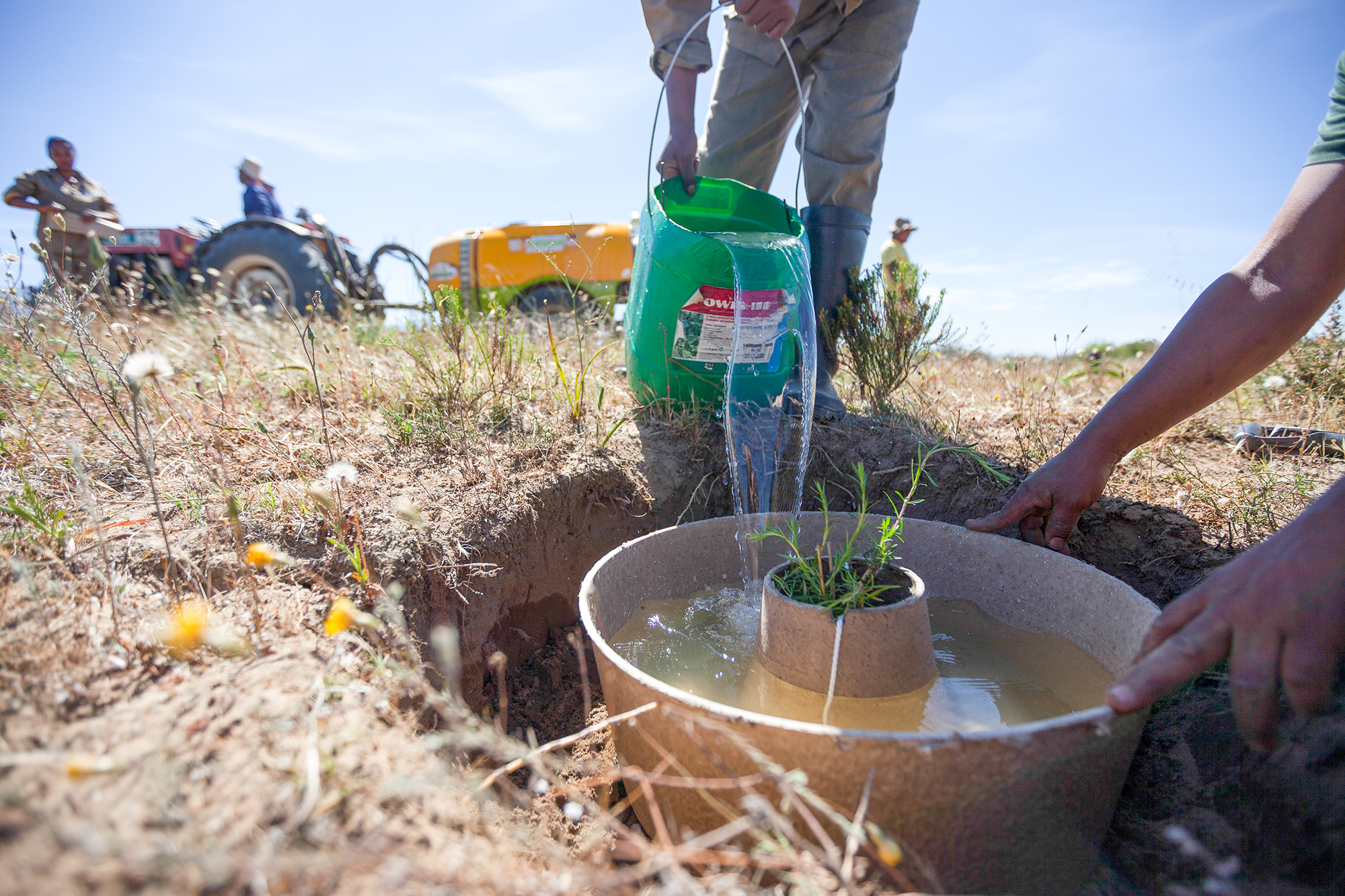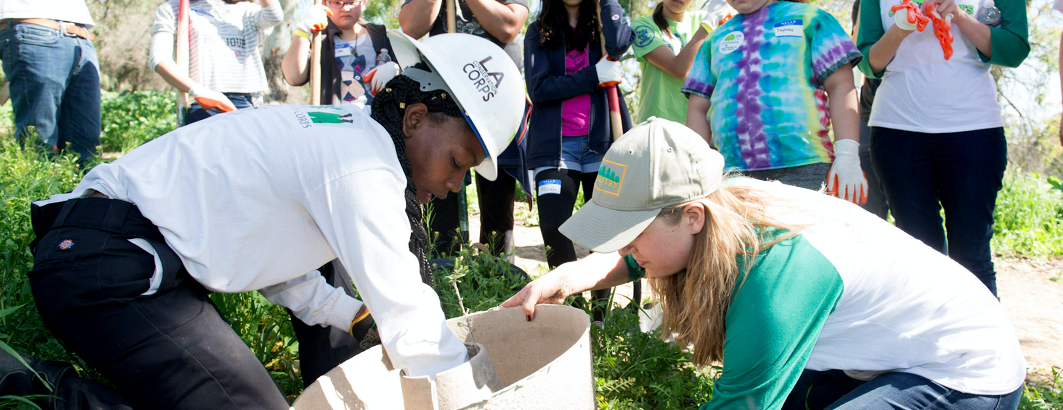In March 2017, coastal areas in Peru were hit with severe flooding and landslides ñ which came after a period of severe drought. This environmental disaster has been blamed on abnormally high temperatures in the Pacific Ocean, and show the need for countries like Peru to adapt to the growing challenges of climate change.
Sounding rather like a squeaky door, the Peruvian Plantcutterís call has become more and more rare and sightings even rarer. Because of urban encroachment, disease and the conversion of its habitat to agricultural land, there may be as few as 500 left in the wild.
However, its plight has not gone unnoticed, and efforts have begun to help restore its numbers and improve the quality of its habitat.
The SOS Peruvian Plantcutter Project has spearheaded this movement, with its management of 130 hectares to the north of Talara City. It aims to pilot a restoration programme that can be rolled out across the region. The Cocoon is ideally suited to the arid conditions and will be used to plant the algarrobo tree, one of the staple foods for the Plantcutter. If this pilot scheme is successful, they could secure funding to allow large scale habitat restoration, and help Peruvians hear that distinctive call once again.
QUICK FACTS:
- Plantcutters are sexually dimorphic birds; males and females look like entirely different species
- The Plantcutter is picky; it requires both isolation from human disturbance and a strong diverse flora to feed and nest.
- The Plantcutter is used by scientists as an indicator species; its presence suggests a strong and well functioning ecosystem.
If you would like to help SOS Peruvian Plantcutter continue to replant habitat after the March flooding, please visit www.sosperuvianplantcutter.pe
Pollution is a large contributor to the loss of habitat for the Plantcutter
“Praesent id libero id metus varius consectetur ac eget diam. Nulla felis nunc, consequat laoreet lacus id.”






